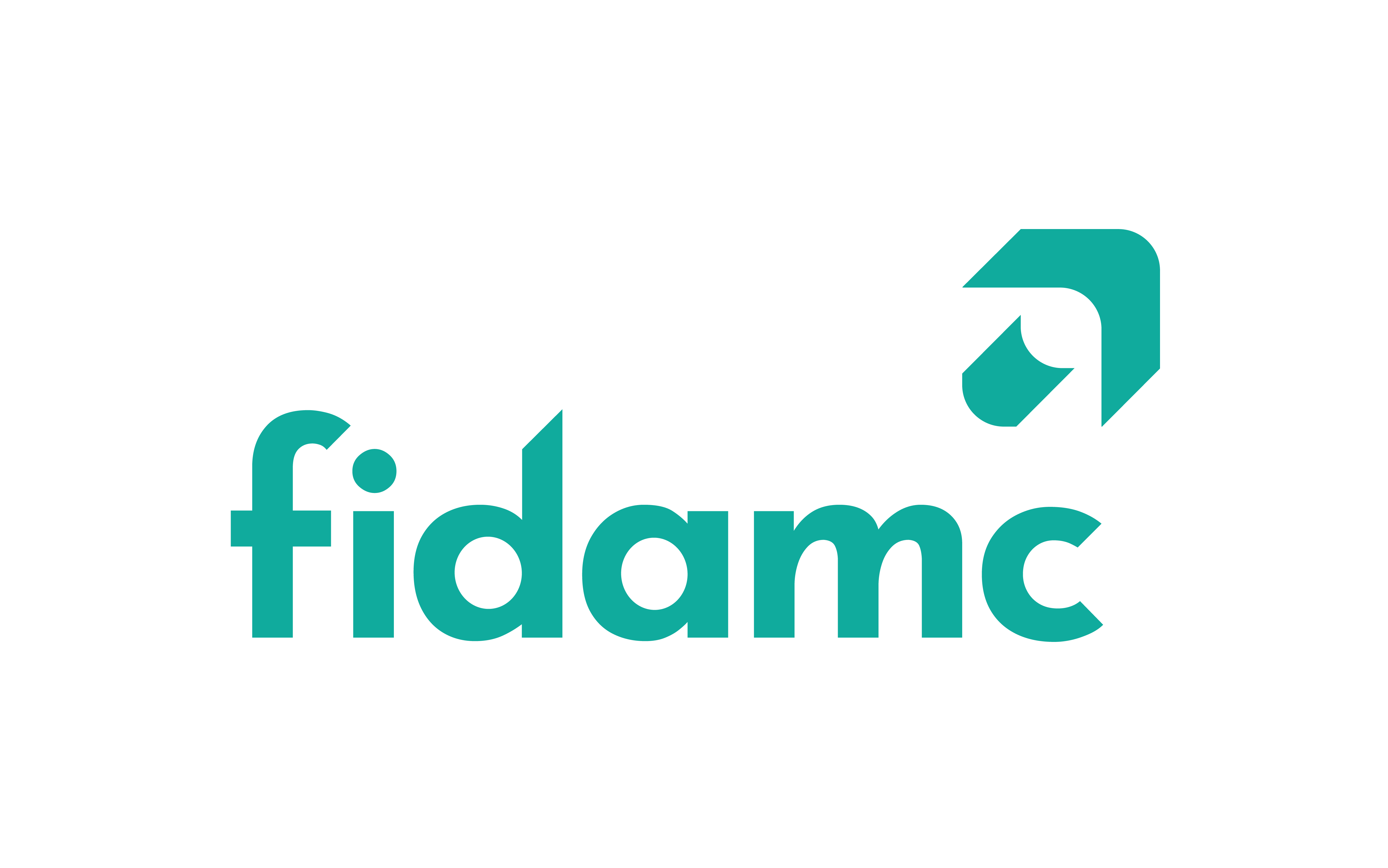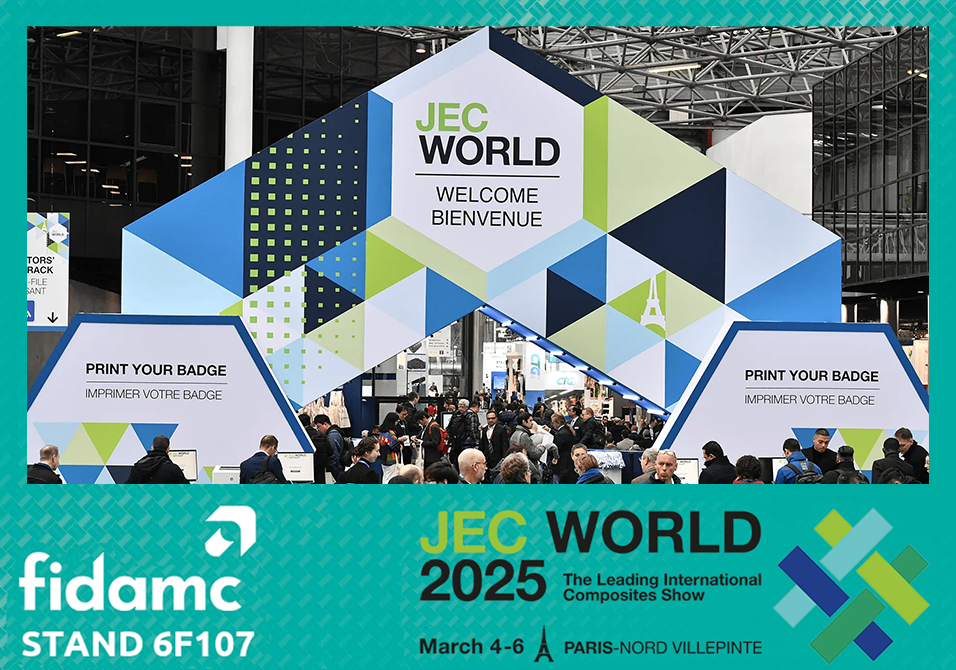Fidamc is participating in the major European HERWINGT project, a key initiative in the development of innovative technologies for the next generation of regional aircraft. Partly funded by the European Union's Clean Aviation programme and led by Airbus Defence & Space, this project aims to design and build a revolutionary wing that will enable aircraft to reduce their fuel consumption by 15% and reduce their weight by 20% compared to current models.
HERWINGT, which began in January 2023 and will run until the end of 2025, has caught the attention of industry experts for its potential to transform regional aviation. For example, Flight Global, one of the most prestigious magazines in the aeronautical sector, conducted an interview with Sebastián Pellicer Sotomayor, project coordinator and member of the R&T engineering team at Airbus Defence & Space, highlighting the progress and challenges of this ambitious initiative.
According to Pellicer in this interview, one of the highlights of the project is the development of a composite wing braced by spars, which has proven to be lighter and more efficient than the traditional cantilever design. This configuration will better support the high aspect ratios needed to optimise aerodynamic efficiency, thereby reducing fuel consumption and improving the overall performance of regional aircraft. Pellicer also noted that the preferred configuration has been selected over other options because of its ability to balance aerodynamic penalties and structural benefits.
The project is making steady progress and reaching crucial milestones. More than a dozen hardware demonstrators covering all aspects of the wing, from the torque box to the leading and trailing edges, are expected to be built by 2025. These demonstrators will be key to validating new technologies in wind tunnels and ground tests.
Among the most relevant technological advances is the development of morphing surfaces designed by the Politecnico di Milano and the Technical University of Delft. These surfaces allow automatic changes in wing geometry without the need for hinge lines, improving laminar flow and reducing aerodynamic drag. This technology could be an essential component in building more efficient and sustainable aircraft in the future.
Pellicer also highlighted the excellent collaboration between the 26 members of the HERWINGT consortium, who come from both academia and industry. This collaboration has allowed a constant flow of information between the different projects that make up the Clean Aviation programme, such as HERFUSE, which focuses on the airframe, and HE-ART, which focuses on the propulsion system. This synergy between projects is essential to ensure the success of the initiative.
At Fidamc, we are very proud to be part of this ambitious project and to contribute to the transformation of regional aviation. We believe that HERWINGT will not only change the way wings are built, but will also lay the foundations for a more sustainable future in air transport. You can read the original article here: https://www.flightglobal.com/aerospace/braced-for-change-clean-aviation-plans-radical-reshaping-of-regional-aircraft-wings/159864.article


